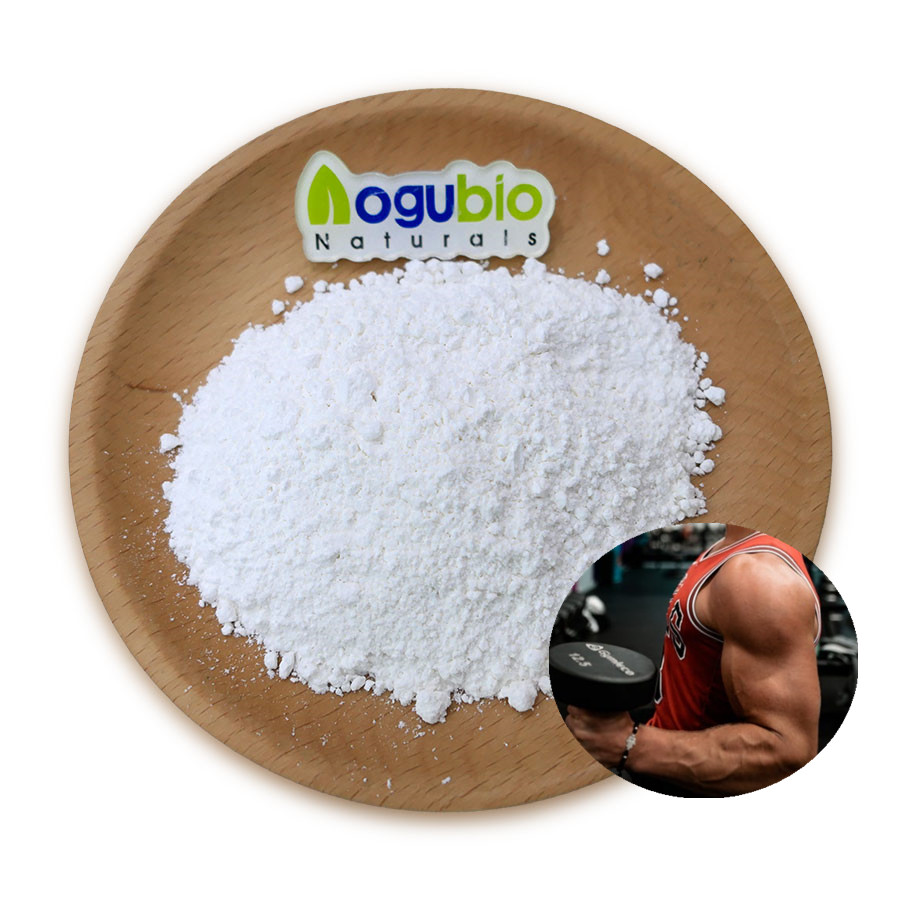AOGUBIO Magnesium malate boasts a range of potential health benefits and is commonly used to treat fatigue, muscle weakness, blood sugar dysregulation and more. Research suggests the body best absorbs magnesium when it’s paired with other nutrients, such as magnesium glycinate, rather than on its own. Read on to learn more about magnesium malate, its benefits, side effects and proper dosage amounts.
What Is Magnesium Malate?

Magnesium malate is a chemical compound that consists of magnesium and malic acid, which is a fundamental metabolite, meaning it’s produced during metabolism.
Malic acid also plays a role in the regulation of food acidity. “[It] specifically contributes to production of NADH (nicotinamide adenine dinucleotide plus hydrogen), which ultimately helps yield ATP (adenosine triphosphate) that our bodies use for energy,” says Maria Sylvester Terry, a registered dietitian and nutritionist based in Louisiana.
“Supplemental malic acid has been shown to help improve pain and fatigue in patients with fibromyalgia when combined with magnesium,” she adds. It’s also found in many fruits, contributing to sour tastes.
Both magnesium and malic acid have their own individual health benefits, and while magnesium is unstable on its own, malic acid acts as a source of stability and is accessible for the body to use, says Scott Keatley, a registered dietitian and nutritionist based in New York.
Magnesium Malate vs. Magnesium
Magnesium malate is a supplement containing magnesium, one of the body’s most abundant minerals that contributes to over 300 biological reactions, including protein production, blood pressure regulation, blood glucose control and more. Several types of magnesium are available in supplement form, including magnesium citrate, magnesium oxide, magnesium sulfate and magnesium malate. However, each type has its own benefits.

“In direct comparison, magnesium malate and magnesium glycinate tend to be among the more bioavailable forms, suitable for those looking to effectively increase their magnesium levels without gastrointestinal discomfort,” says Keatley. “Magnesium oxide, on the other hand, while useful for certain purposes (like short-term relief from constipation), might not be the best choice for addressing a magnesium deficiency due to its lower absorption,” he adds. “Magnesium chloride strikes a middle ground in terms of absorption.”
Potential benefits
Many studies have demonstrated the potential benefits of magnesium.
While not all are focused on magnesium malate, the same benefits likely apply. Yet, more research on magnesium malate specifically is needed.
Here are some of the benefits that may be associated with magnesium malate.
- May boost mood
Mgnesium has been used to treat depression since the 1920s .
Interestingly, one study in 8,894 adults found that very low magnesium intake was associated with a higher risk of depression.
Some research has found that taking magnesium could help prevent depression and enhance mood.
Another review of 27 studies showed that a higher intake of magnesium was linked to decreased symptoms of depression, suggesting that taking oral supplements could help improve mental health.
- May improve blood sugar control
Studies show that a higher intake of magnesium may be associated with a lower risk of type 2 diabetes.
Taking magnesium supplements may also help improve blood sugar control and insulin sensitivity.
Insulin is the hormone responsible for transporting sugar from your bloodstream into your tissues. Increasing insulin sensitivity can help your body use this important hormone more efficiently to keep your blood sugar levels in check.
One large review of 18 studies showed that taking magnesium supplements reduced blood sugar levels in people with diabetes. It also increased insulin sensitivity in people at risk of developing diabetes.
- May enhance exercise performance
Magnesium plays a central role in muscle function, energy production, oxygen absorption, and electrolyte balance, all of which are important factors when it comes to exercise .
Several studies show that taking magnesium supplements could boost physical performance.
One animal study found that magnesium improved exercise performance.
It enhanced the availability of energy for cells and helped clear out lactate from the muscles. Lactate can build up with exercise and contribute to muscle soreness.
What’s more, malic acid has also been studied for its ability to promote muscle recovery and reduce fatigue in endurance athletes.
- May help reduce chronic pain
Fibromyalgia is a chronic condition that causes muscle pain and tenderness throughout the body .
Some research suggests magnesium malate could help reduce its symptoms.
One study in 80 women found that blood levels of magnesium tended to be lower in those with fibromyalgia.
When the women took 300 mg of magnesium citrate per day for 8 weeks, their symptoms and the number of tender points they experienced decreased significantly, compared with a control group.
How to Determine Magnesium Malate Dosage

The amount of magnesium malate supplement a person takes can vary depending on a number of factors, such as age, health conditions, metabolism, lifestyle factors and dietary habits, says Keatley. However, it’s important to not use over 350 milligrams of magnesium malate per day, as overconsumption of any form of magnesium can lead to adverse effects like diarrhea, nausea or abdominal cramping, he adds.
As with all supplements, speak to a health care provider before adding magnesium malate to your daily wellness regimen to determine if the supplement is right for your health needs and to determine a safe dosage.
Article writing:Niki Chen
Post time: Apr-23-2024




